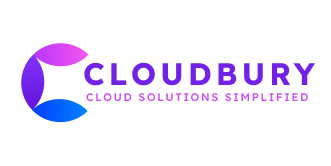Salesforce DevOps
Unlocking the Potential of
Salesforce with DevOps
Harnessing the Power of DevOps for Salesforce Development
DevOps is an approach that merges development and operations into a unified workflow, utilizing a set of practices and tools designed to improve productivity and streamline processes. The key objective of DevOps is to eliminate the division between development and operations teams. In Salesforce development, this means fostering closer collaboration between developers and administrators, ensuring that all team members are engaged throughout the entire lifecycle of a project.

Enhancing Salesforce Development with Robust Security Measures
Architecting a Robust Salesforce DevOps Strategy: Our Approach
Building Your Nexus of Proficiency: A Tactical Handbook

Broadening the team beyond its nucleus, integrating advisory roles such as Security Operations, Risk Management, and Governance becomes crucial for reinforcing your Salesforce DevOps framework. These supplementary viewpoints provide invaluable perspectives on potential threats and vulnerabilities within your organization. Their expertise is indispensable in deploying measures to mitigate breaches or data exfiltration by internal personnel. Alarmingly, statistics from diverse sources underscore a notable surge in data breaches in recent times, underscoring the pressing requirement for resilient security protocols within Salesforce DevOps practices.
In many organizations, Data Security and Regulatory Compliance are managed by distinct departments, while larger enterprises may have a dedicated Security or Cyber Defense unit responsible for protecting their entire infrastructure. Conversely, smaller organizations may consolidate these functions within their IT department.
Upholding a steadfast commitment to security within your organization, irrespective of its size, mandates the inclusive participation of diverse stakeholders throughout the architectural and design phases of your solutions. It’s imperative to engage Salesforce administrators and developers with guidance from experts in Data Protection and Cyber Resilience, alongside active involvement from Compliance specialists. This collaborative approach ensures the early consideration of both global and local regulatory requirements, facilitating the implementation of robust security measures.
Having identified these crucial contributors to Security-Oriented Development Operations (SODO), the subsequent stride involves solidifying this commitment by establishing a Security Operations Hub (SOH), comprising a select group of individuals entrusted with oversight, accountability, and governance pertaining to security requirements. The nucleus team should encompass the aforementioned pivotal roles, while the SOH should provide counsel to other stakeholders and executives regarding impending changes, thereby reinforcing policies across various business domains. These stakeholders may encompass representatives from ancillary functions such as brand promotion and logistics, distinct business units, and executive personnel necessitating awareness of the security roadmap.
Forging Confidence through Learning and Synergy
The DevSecOps team should host regular forums for the COE to discuss the cross-functional nature of security and its impact, as well as develop a future-looking roadmap of items that need oversight and planning. This group can be a great forum for creating feedback loops about what’s working, what’s not, and what’s coming next.

Through a solid cadence of communication and trust-building, the DevSecOps COE will become instrumental in demonstrating the good-faith effort to follow security practices, and creating an organizational mindset that encourages everyone to take individual responsibility. Organizing regular meetings for the Security Oversight Board (SOB) to discuss the multifaceted nature of security and its implications is essential. Additionally, crafting a forward-looking agenda outlining areas requiring oversight and strategic planning is crucial. This group serves as an invaluable platform for creating feedback loops to assess effectiveness, pinpoint areas for improvement, and anticipate future developments. Through consistent communication and trust-building efforts, the Security Oversight Board (SOB) will play a pivotal role in demonstrating a genuine commitment to upholding security practices. This initiative fosters an organizational culture that promotes individual accountability and responsibility.

